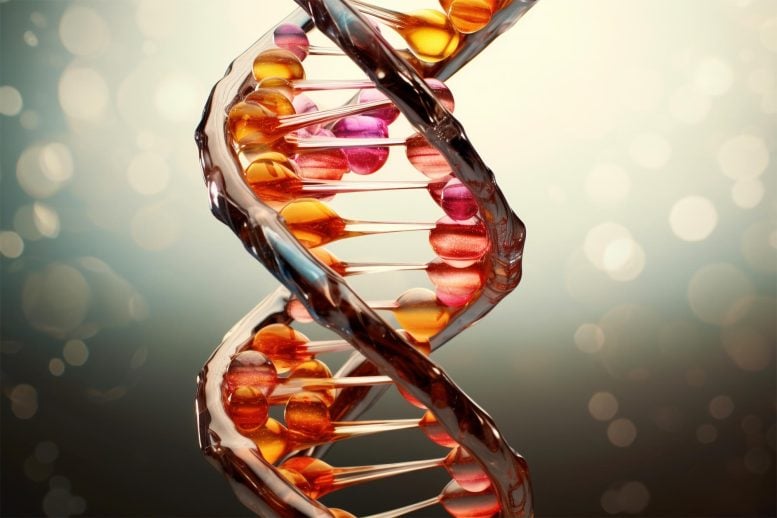
Researchers found an unexpected genetic variation in a new protist species, challenging established understanding of DNA-to-protein translation and emphasizing the mysteries that nature still holds.
Scientists testing a new method of sequencing single cells have unexpectedly changed our understanding of the rules of genetics.
The genome of a protist has revealed a seemingly unique divergence in the DNA code signaling the end of a gene, suggesting the need for further research to better understand this group of diverse organisms.
Dr. Jamie McGowan, a postdoctoral scientist at the Earlham Institute, analyzed the genome sequence of a microscopic organism – a protist – isolated from a freshwater pond at Oxford University Parks.
The work was intended to test a DNA sequencing pipeline to work with very small amounts of DNA, such as DNA from a single cell. Dr. McGowan was working with a team of scientists at the Earlham Institute and with Professor Thomas Richards’ group at the University of Oxford.
Unexpected Genetic Findings in Protists
However, when researchers looked at the genetic code, the protist Oligohymenophorea sp. PL0344 turned out to be a novel species with an unlikely change in how its DNA is translated into proteins.
Dr. McGowan said: “It’s sheer luck we chose this protist to test our sequencing pipeline, and it just shows what’s out there, highlighting just how little we know about the genetics of protists.”
It is hard to make any statements about protists as a group. Most are microscopic, single-celled organisms like amoebas, algae, and diatoms, but larger multicellular protists exist – such as kelp, slime molds, and red algae.
“The definition of a protist is loose – essentially it is any eukaryotic organism which is not an animal, plant, or fungus,” said Dr. McGowan. “This is obviously very general, and that’s because protists are an extremely variable group.
“Some are more closely related to animals, some more closely related to plants. There are hunters and prey, parasites and hosts, swimmers, and sitters, and there are those with varied diets while others photosynthesize. Basically, we can make very few generalizations.”
Ciliates and Genetic Code Variations
Oligohymenophorea sp. PL0344 is a ciliate. These swimming protists can be seen with a microscope and are found almost anywhere there is water.
Ciliates are hotspots for genetic code changes, including reassignment of one or more stop codons – the codons TAA, TAG, and TGA. In virtually all organisms, these three stop codons are used to signal the end of a gene.
Variations in the genetic code are extremely rare. Among the few variants of the genetic code reported to date, the codons TAA and TAG virtually always have the same translation, suggesting that their evolution is coupled.
“In almost every other case we know of, TAA and TAG change in tandem,” explained Dr. McGowan. “When they aren’t stop codons, they each specify the same amino acid.”
DNA Translation Anomalies
DNA is like a blueprint of a building. It does not do anything in and of itself – it provides instructions for work to be done. In order for a gene to have an impact, the blueprint must be “read” and then built into a molecule which has a physical effect.
For DNA to be read, it is first transcribed into an RNA copy. This copy is taken to another area of the cell where it is translated into amino acids, which are combined to make a three-dimensional molecule. The translation process starts at the DNA start codon (ATG) and finishes at a stop codon (normally TAA, TAG, or TGA).
In Oligohymenophorea sp. PL0344, only TGA functions as a stop codon – although Dr. McGowan found there are more TGA codons than expected in the ciliate’s DNA, believed to compensate for the loss of the other two. Instead, TAA specifies lysine and TAG specifies glutamic acid.
“This is extremely unusual,” Dr. McGowan said. “We’re not aware of any other case where these stop codons are linked to two different amino acids. It breaks some of the rules we thought we knew about gene translation – these two codons were thought to be coupled.
“Scientists attempt to engineer new genetic codes – but they are also out there in nature. There are fascinating things we can find, if we look for them.
“Or, in this case, when we are not looking for them.”
Reference: “Identification of a non-canonical ciliate nuclear genetic code where UAA and UAG code for different amino acids” by Jamie McGowan, Estelle S. Kilias, Elisabet Alacid, James Lipscombe, Benjamin H. Jenkins, Karim Gharbi, Gemy G. Kaithakottil, Iain C. Macaulay, Seanna McTaggart, Sally D. Warring, Thomas A. Richards, Neil Hall and David Swarbreck, 5 October 2023, PLOS Genetics.
DOI: 10.1371/journal.pgen.1010913
This research was funded by the Wellcome Trust as part of the Darwin Tree of Life Project, and supported by the Earlham Institute’s core funding from the Biotechnology and Biological Sciences Research Council (BBSRC), part of UKRI.

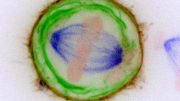
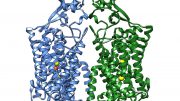
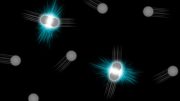
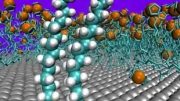


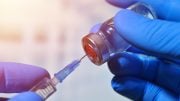
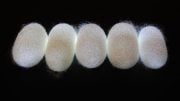
Wow a scientist admitted that they don’t know diddly about anything! I am surprised
Wonderful articles from new research
The schematic DNA picture at the beginning of the article is left handed, but natural in-vivo DNA is right handed. This is a common mistake of illustrators who don’t understand that left snd right handed helixes are different.
All that evidence of intelligent design, and the scientists insist it’s evolution! I have yet to see a book write itself
I think there is a crucial error in the use of letters in the codons in this article. “T” should be “U” (so UAA, UAG, and UGA).
The reference to the paper shows the use of “U” in the title.
That said, it’s an excellent example of the pleasure of finding things out (hat tip to the late Richard Feynman et al, (http://www.richardfeynman.com/)), and one of the reasons I spent my working life in the Sciences.
You have a big mistake in this article codons are messenger RNA where thymine is replaced with uracil. You have this in the article “codon (ATG) and finishes at a stop codon (normally TAA, TAG, or TGA). ” Stop codons are UAA, UAG OR UGA. No thymine.
I was confused because of it. I assumed that the author decided to present stop-codons as they would be on the sense strand of the DNA (for whatever reason). Is it incorrect to call TAA, TAG and TGA of the DNA sequence “stop-codons”? Is this definition reserved for sequences of m-RNA only?
As we often see in science, the first rules we discover are “particular rules” specific to a domain. Then when we continue probing Nature we discover the rule is not the same in every domain but can change for whatever reason.
leave no stone unturned, like finding a hidden Rembrandt.
I’m done with space always allowing some imposters then I never share cure as I said stilling my belongings is same way
Keep those pretenders stilling my identity and belongings never I will share executive chief Master Sector G007 never I share
I don’t think the discovery does anything near what the title suggests in “shaking genetics”. There are exceptions to the rule everywhere. The suggestion that some tRNA-amino acid matches are different because the wobble base pair is actually important in this case is neat, but ultimately not challenging everything we know about genetics, not by any means.
Our creator who brought our DNA from another star system would have expected us to be more advanced then we are by now. That’s ok. Keep learning. Never stop learning.